How to Choose the Best Colored Pencils for Your Needs
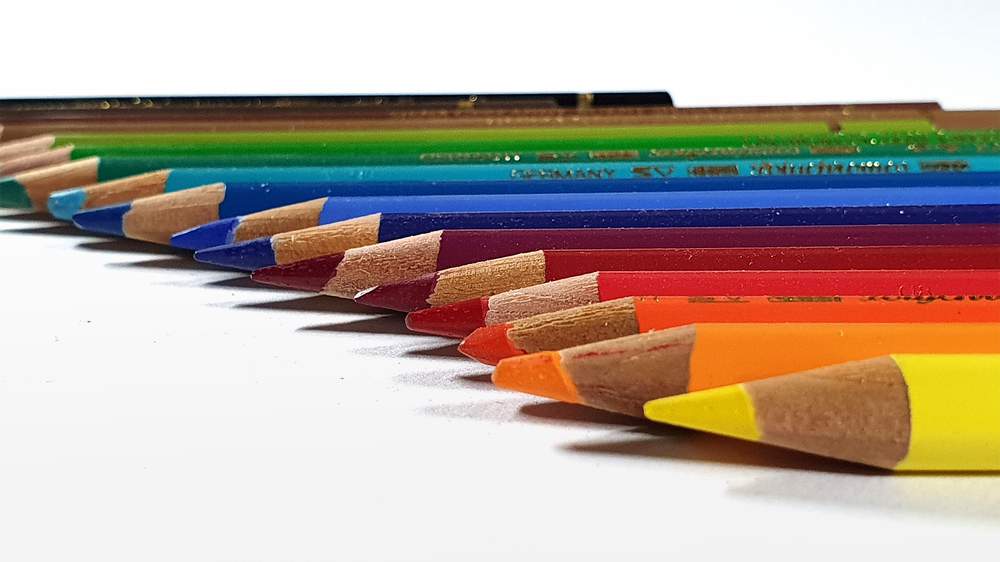
Choosing the right colored pencils is crucial for achieving your artistic goals. A great set can enhance your creativity, make your work look more vibrant, and even boost your confidence as an artist. Trust me, once you find the set, you'll wonder how you ever managed without them.
What Should You Consider When Choosing What Colored Pencils to Buy?
There's no one-size-fits-all solution when it comes to colored pencils. To find the perfect set, you'll need to consider factors like quality, pigmentation, lightfastness, color range, lead type, and price.
But don't worry - I'll walk you through each of these factors in detail.
1. The Overall Quality of the Pencils
Investing in high-quality colored pencils is essential if you want to achieve professional results, but when you're just starting out this might not be as high on your list.
Better quality means better pigmentation, smoother application, and increased longevity for your artwork. It's worth splurging a little to get the best results possible.
Here's what I think you should look for when assessing quality:
- Good build quality
- Rich and vibrant colors
- Smooth application and blending
- Sturdy leads
- Good lightfastness if that's something you want (more on this later)
In my opinion, these brands produce some of the best colored pencils on the market:
These are in my opinion the top 3 best colored pencils out there:
- Faber-Castell Polychromos: Good build quality and vibrant colors and the hard lead makes drawing details a piece of cake.
- Caran d'Ache Luminance: Amazing build quality, break-resistant lead, and great for blending.
- Derwent Lightfast: Really good build quality, fade-resistant, good at blending, and good for drawing details.
Here is a more detailed list of the best colored pencils out there if you're interested.
Good quality colored pencils can get expensive and if you don't want to spend much on a set then the Prismacolor Premier Soft Core colored pencils might be better for you. They work as well as the best colored pencils out there, but the build quality is not the best. The lead breaks easily if you're not careful and they're not lightfast. despite these downsides, many people really like these pencils.
You can find the full list of the best cheap colored pencils here.
If you're not sure which ones to buy, just buy a few pencils of the brand you want to try and see if you like them. If you do like them buy a bigger set and if you don't, try out a different brand.
2. Pigmentation of the Colors
Pigment is the substance that gives colored pencils their color. It's usually a powdered substance mixed with a binder (like wax or oil) to create the "lead" of the pencil. High-quality pigments are essential for vibrant, true-to-life colors and better coverage.
Pigment concentration can be tricky to gauge just by looking at a pencil, but if you're able to test the pencils out, here are a few things to look at:
If possible test the pencils on paper - look for rich, vibrant colors that don't require excessive layering or pressing hard.
If possible also test how opaque the color is by drawing on some colored paper, preferably black paper. Please note that no colored pencil will look completely opaque on black paper, but there sure are huge differences between brands.
Check product reviews and forums to see what other artists say about the pigment concentration of specific brands. I have written some reviews as well.
Don't be fooled by price - higher-priced pencils don't always have better pigmentation, but this is generally the case.
Why You Want Higher Pigment Concentrations
When the colored pencils you use have a higher pigment concentration you can create more vibrant colors and the colors appear more opaque. This is especially useful when drawing on grey or black-toned paper.
Higher pigmentation is also better for layering. You don't need as many layers of color to get a vibrant finish which leaves you with more room to mix colors.
3. Lightfastness
Lightfastness refers to how well a colored pencil's pigment resists fading when exposed to light. It's crucial for artists who want their work to stand the test of time.
If you're creating pieces for display or sale you might find it important that the colors won't fade over time. In that case, looking for some lightfast colored pencils might be a good option for you. However, lightfastness does come at a price.
To evaluate lightfastness, look for a rating on the pencil or packaging. Here's a quick guide to common rating systems:
- ASTM D6901: Uses a scale of I to V, with I being the highest lightfastness and V being the lowest.
- Blue Wool Scale: Uses a scale of 1 to 8, with 8 being the highest lightfastness and 1 being the lowest.
For example, Caran d'Ache uses the ASTM D6901 scale and Faber-Castell uses a different scale than the two mentioned above.
Most brands that sell lightfast colored pencils have a chart you can look up to see how lightfast the colors are and often times the lightfastness ratings are displayed on the pencil itself.
If you're interested in lightfast colored pencils, you can find the best ones in this detailed list I made.
4. Color Range
Having a wide range of colors at your disposal is essential for artistic flexibility and creativity. A diverse color selection allows you to experiment with different techniques, styles, and subjects, ultimately helping you grow as an artist. Having a larger range of colors also makes mixing colors a lot easier.
Some of my favorite brands that offer extensive color selections include:
- Prismacolor Premier Soft Core: 150 colors
- Faber-Castell Polychromos: 120 colors
- Caran d'Ache Luminance: 100 colors
- Derwent Lightfast: 100 colors
A diverse color range allows you to:
- Experiment with different color combinations and styles.
- Accurately depict a wide range of subjects, from landscapes to portraits.
- Create more depth, contrast, and realism in your work.
Keep in mind that it's not just about quantity - the quality of the colors and how well they blend together are just as important. In my opinion, it's better to have a set that works well for you that has only 48 colors than it is to have a 150 pencil set but coloring with them kinda sucks.
5. Type of Binder
There are two main types of colored pencils: wax-based and oil-based. Each has its own set of advantages and disadvantages.
Wax-based colored pencils are soft and easy to blend. However, they can be prone to wax bloom and are often a bit too soft to achieve fine details.
Oil-based colored pencils tend to have a harder, more durable core, which allows for finer detail and less breakage. The trade-off is that they can be more challenging to blend and colors might not look as smooth.
Check out this article where I compare wax and oil-based colored pencils more in-depth if you'd like to know more.
6. Your Budget
What you want to spend on colored pencils plays a big role in deciding which colored pencils you're going to buy.
In my opinion, it's better to buy a smaller set of good colored pencils than it is to buy a large set of bad colored pencils.
I started with a set of 60 Faber-Castell Polychromos which set me back about $90 which was something I could afford at that time. I've loved these pencils ever since and they work really well. For me, they are a great balance between quality and price.
But if you don't want to spend that much, a set of 24 will do the trick just as well. But if you do want a larger set, then a cheaper brand might suit your needs better.
To help you choose I made several lists of the best colored pencils that suit your needs:
The Overall Best Colored Pencils
The Best Cheap Colored Pencils
The Best Lightfast Colored Pencils
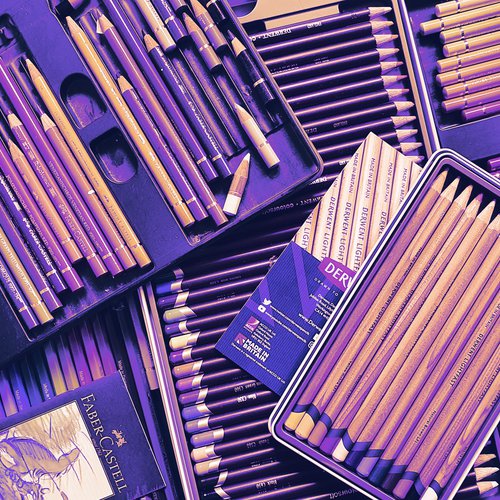
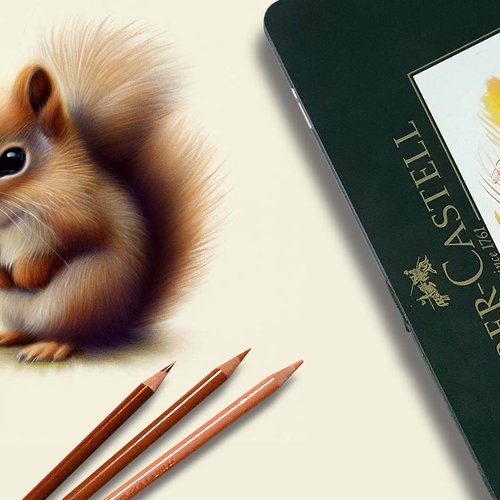
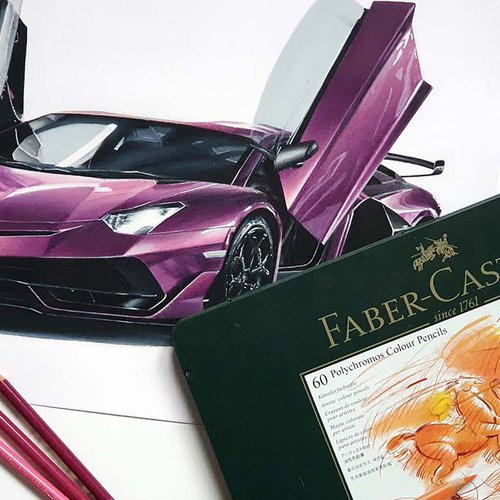

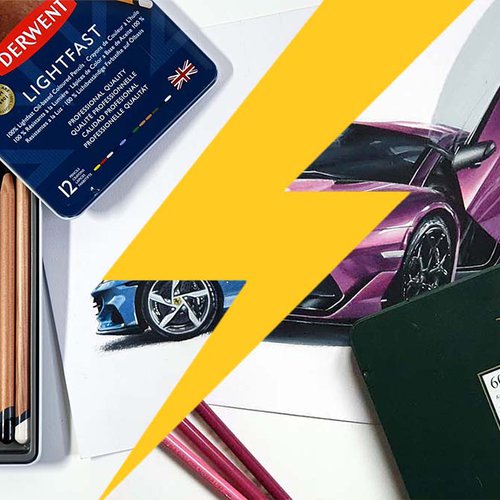
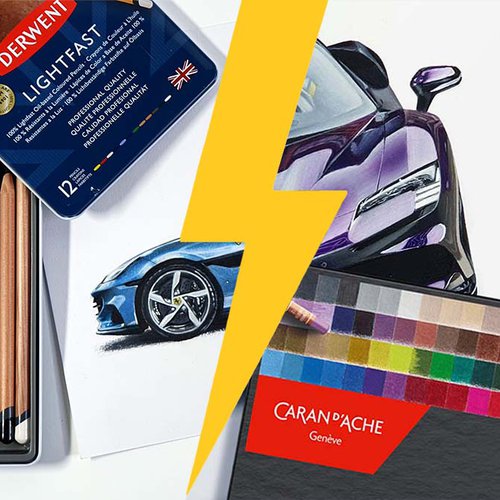
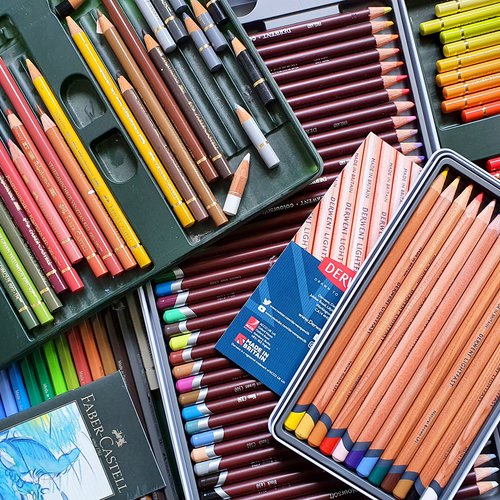




Be the first to comment!
Comments
There are no comments yet.